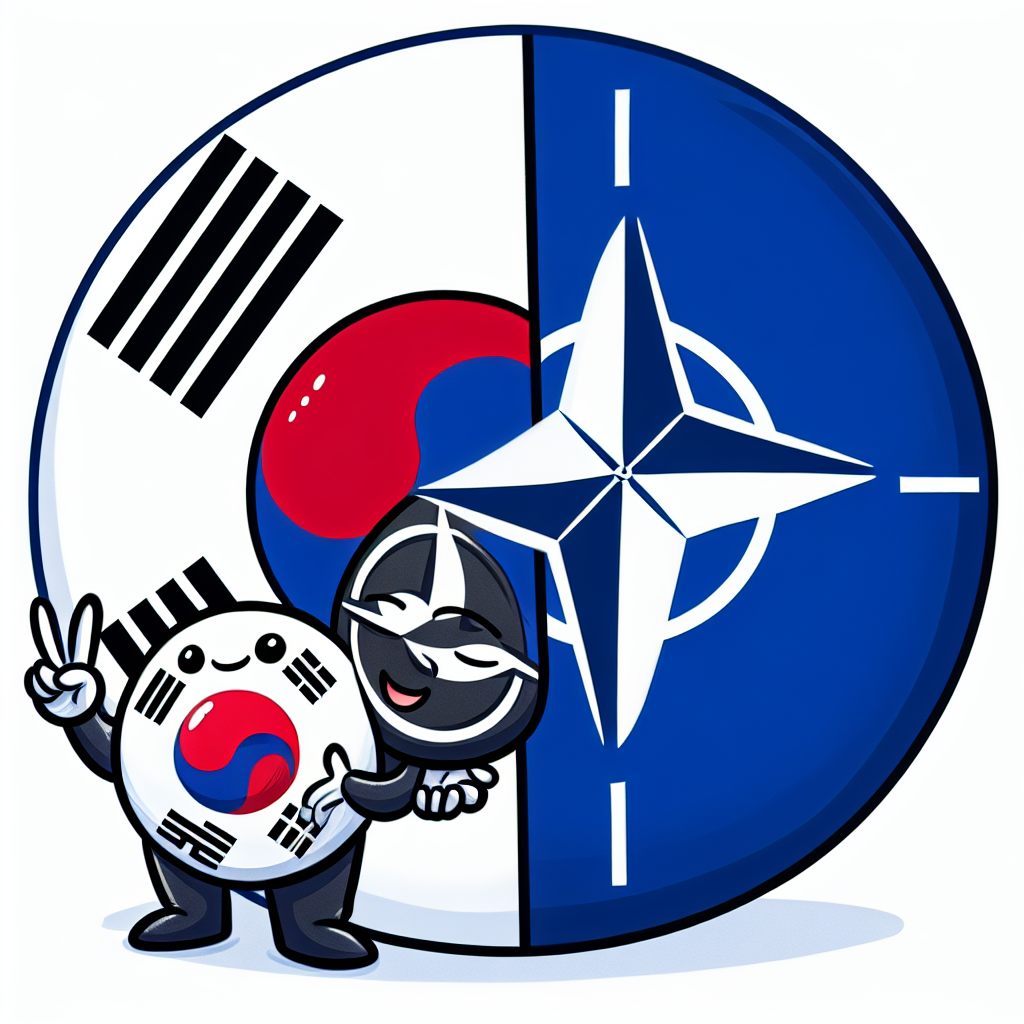NATO's Russian Dilemma: Unity Amidst Uncertainty
The recent NATO summit in The Hague exposed a divide between U.S. and European perspectives on Russia's military ambitions. Despite increased defense commitments, differing opinions persist regarding the threat level posed by Putin. Diplomatic efforts are complicated by the absence of a unified strategy on Russia.

The NATO summit in The Hague revealed a schism between the U.S. and Europe over Russia's future intentions. While U.S. President Donald Trump suggested Vladimir Putin seeks an exit to the Ukraine conflict, NATO's Mark Rutte warned of possible aggression towards alliance members if defense investments aren't increased.
This year's summit concluded with an agreement among NATO members to raise defense spending to 5% of GDP, aligning with U.S. demands. However, the lack of consensus on Russia's ambitions raises concerns, especially as some U.S. Republicans question the sincerity of Putin's negotiation intentions.
While Trump maintained Putin's desire for a swift resolution to the conflict, NATO officials and some European leaders remain skeptical. The absence of a comprehensive Russia strategy complicates future diplomatic resolutions, underscoring the need for unified views among allies.
(With inputs from agencies.)
ALSO READ
Voyager Soars with $382.8M IPO Amid Global Defense Investment Surge
Hungary's Strategic Defense Stake Sale: A Pre-Election Move
Germany Strengthens Defense Support for Ukraine Amid Escalating Conflict
Strengthening Alliances: Jaishankar's Diplomatic Mission in Europe
Russia and Ukraine Swap Prisoners Amid Ongoing Conflict










